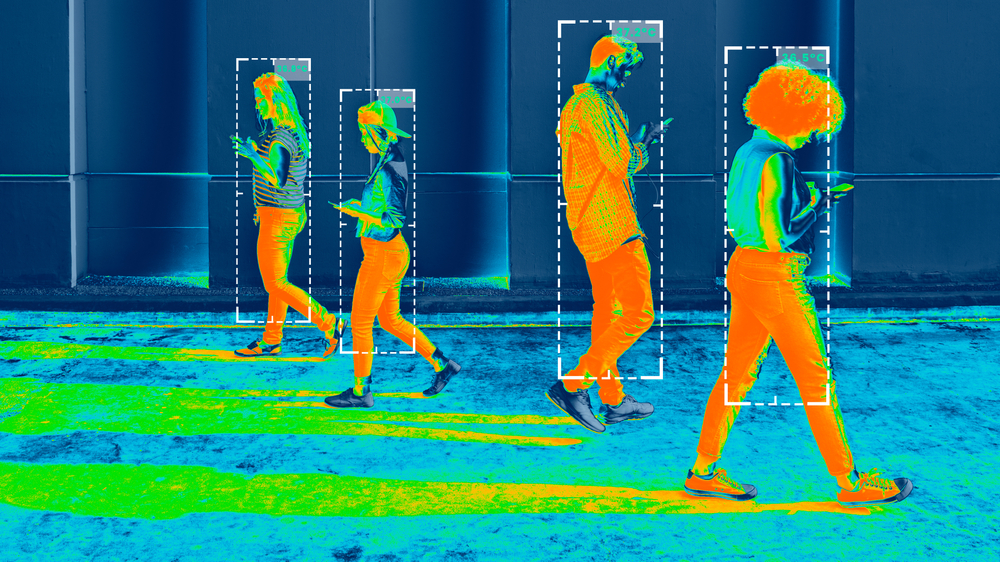How Acoustic Sensing Reveals Hidden Pipe Failures
Acoustic sensing is a practical approach for finding hidden pipe failures in water systems without invasive digging. By listening for characteristic sounds of escaping water and combining that data with pressure, flow, and location information, technicians can map leaks that lie beneath roads, buildings, or landscaped areas. Acoustic methods complement infrared thermography and other inspection tools, helping utilities and property owners prioritize maintenance, conserve water, and reduce risk from subsurface failures.

How do acoustics detect leaks?
Acoustic leak detection relies on the fact that pressurized water escaping a break generates distinct sound signatures. Sensors placed on pipe surfaces, hydrants, or access points capture vibrations and noise transmitted through metal, plastic, or surrounding soil. Signal processing isolates leak-related frequencies from background noise, allowing technicians to distinguish small pinhole leaks from larger bursts. Acoustic methods work across different pipe materials and sizes, and are particularly effective when combined with pressure and flow data to confirm whether an anomaly is an active leak or unrelated vibration.
What kinds of sensors are used?
A range of sensors supports acoustic monitoring, from handheld contact microphones and hydrophones to permanently installed vibration transducers. Modern systems often include IoT-enabled sensors that stream continuous data for remote monitoring. Handheld devices are used for targeted inspections, while fixed sensors provide long-term trend analysis. Sensor choice depends on access, pipe material, expected leak size, and whether the goal is one-off detection, ongoing monitoring, or integration into a broader maintenance strategy.
How does thermography and infrared compare?
Thermography and infrared inspection detect temperature anomalies rather than sound. In some situations—such as warm water leaks near cooler surrounds—infrared cameras reveal wet areas and heat signatures on surfaces, making them useful for aboveground or shallow leaks. Acoustic sensing typically performs better for subsurface or buried pipes where thermal contrast is limited. Combining acoustic data with thermography can provide confirmation: acoustics locate probable leaks, and infrared can visualize associated moisture or temperature changes when conditions permit.
How do pressure and flow measurements help?
Pressure and flow monitoring provide quantitative context for acoustic findings. Sudden drops in pressure or unexplained increases in flow rate can indicate an active leak; correlating those events with acoustic detections strengthens diagnosis. Network-wide pressure sensors, district metered areas, and smart meters help isolate the affected zone. Analytics platforms can flag anomalies and prioritize areas for acoustic inspection, reducing time spent on false positives and directing field crews to the most likely subsurface failures.
How is mapping and monitoring applied?
Mapping integrates acoustic locations with GIS and asset data so detected leaks are shown in the context of pipe material, depth, and nearby infrastructure. Field crews use mapping outputs for targeted excavations, while asset managers schedule maintenance based on mapped risk and history. For property owners and utilities seeking local services, combining mapping with continuous monitoring enables preventive maintenance and water conservation planning. Accurate mapping reduces disruption by limiting excavations to specific points rather than broad exploratory digs.
How do IoT and analytics improve detection?
IoT connectivity and analytics elevate acoustic sensing from spot checks to continuous surveillance. Networked sensors send time-series vibration and sound data to cloud platforms where machine learning models distinguish leak patterns from environmental noise. Analytics can also predict likely failure zones by correlating acoustic events with pressure transients, soil conditions, and historical maintenance records. This data-driven approach helps prioritize repairs, optimize deployment of crews, and reduce water loss while supporting long-term conservation and infrastructure resilience.
Conclusion Acoustic sensing is a versatile tool for revealing hidden pipe failures, especially when used alongside thermography, pressure and flow monitoring, mapping, and IoT analytics. By combining sound-based detection with complementary inspection methods and asset data, organizations can pinpoint subsurface leaks more accurately, reduce unnecessary excavation, and better plan maintenance and conservation efforts. The integrated approach provides clearer evidence for repairs and supports more efficient management of water infrastructure.






